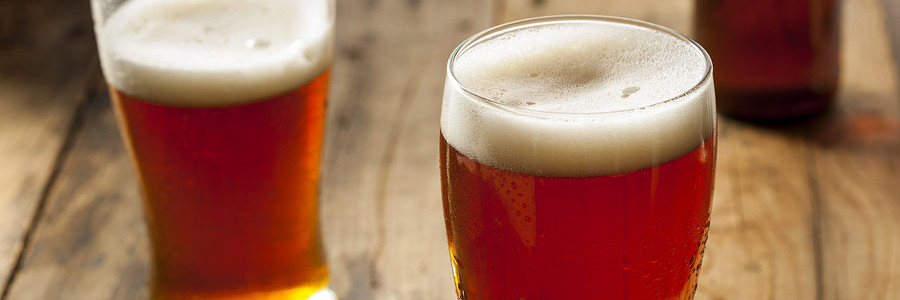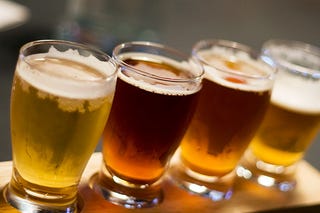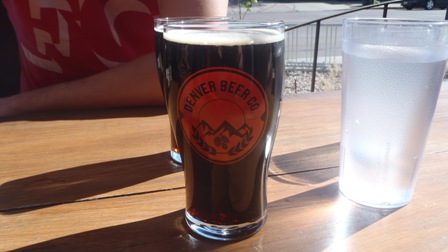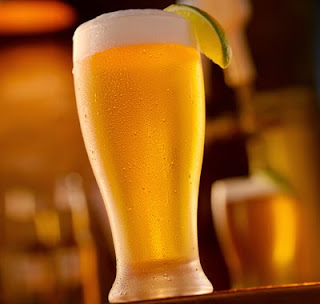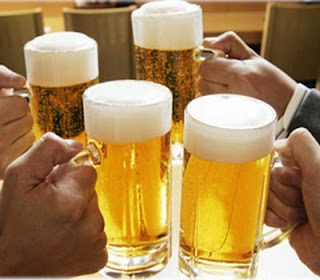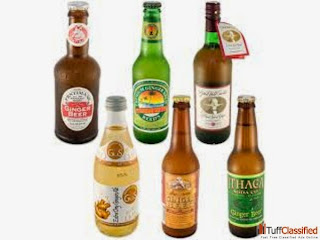Brewing
Brewing is one of my favorite hobbies. The sweet smell of wort bubbling away stirs something intuitive in the human psyche. There is no much preparation needed as we are brewing an extract bee.
You need a very clean pot that is large enough to be able to hold 1-4 gallons of water and the two cans (6 pounds of extract each) and boil the extract (It is recommended that you do this in a a 4-5 gallon pot if you can be able to find one). Put the 2-3 gallons of water into the pot and begin to heat the pot over your stove.
After the water has heated up, open your cans of the extract and then slowly start mixing the extract into the warm water. This malt extract will look like a heavy syrup, thus you may need some really hot water to be able to get it all out of the sides of the can. The extract and water mixture is called wort.
While you are adding the extract to your wort, you will need to continuously mix the wort. By not mixing, the malt extract will settle at the bottom of the pot. The extract will heat at the bottom of the pot and caramelize thus leaving a very hardened caramel mess at the bottom of the pot. This can also alter the flavor and color of your beer, it’s important that you mix well while heating.
After you have all of the extract mixed in properly, the next step of the process is to bring your wort to boil. Boiling of wort is best done slowly, this is because wort will tend to bubble very much when boiling starts. The water that is used for brewing has a lot of air in it, and thus small air bubbles will be released as the water boils creating a foam and thus a higher potential of boil-over. Using a spray bottle filled with clean water to spray down the foam produced is one of the methods used to reduce foaming.
Turning the heat of the stove down as the wort begins to boil is the best way to avoid a boil-over and then very carefully managing the heat during the first ten to fifteen minutes of the boil till you have a steady boil with very minimal foaming. Do not use a cover on your pot. Although covering the pot will fasten the boiling process, the first time that you open the pot, the wort will boil over immediately thus making a huge mess.
Once you have achieve a good steady boil it is now time to add in the hops. Properly weigh the right amount and then drop it in the hot wort. There are some brewers that use a mesh bag while adding hops so as to reduce the mess later. If you can be able to cool your beer quickly most of the hops used will drop out after the boil.
Occasionally stir during the boil so as to reduce the chance of an extract settling at the bottom and caramelizing. It is recommended that you boil the mixture for 30-60 minutes. The next step is cooling and fermentation.
To Know More About Home Brew Ginger Beer Recipe Visit us..
Source : Click Here




